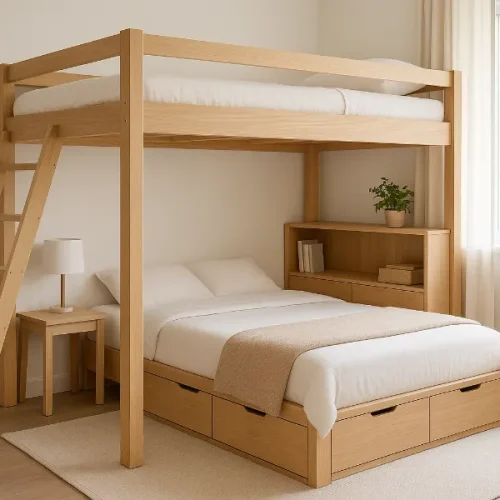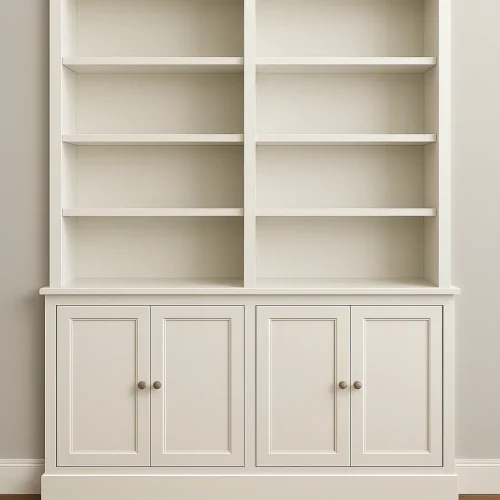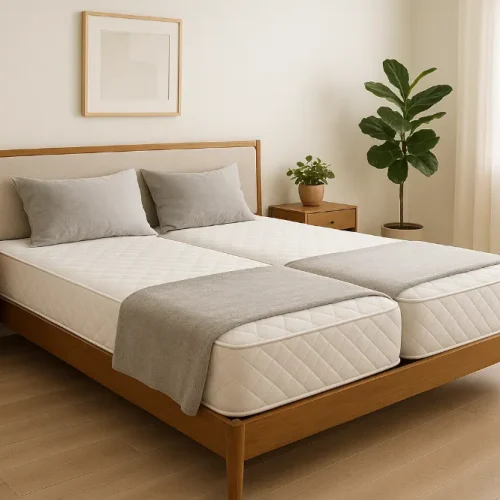The Breuer Cesca chair is a design classic, a seamless blend of function and form, characterized by its iconic cantilevered frame and either woven cane or upholstered panels. Designed by Marcel Breuer in 1928, Breuer Cesca Chairs continue to grace homes, restaurants, and studios with Bauhaus elegance. However, like any functional object, time and wear can take a toll on the seat and back. Whether you’re restoring a vintage piece or refreshing a modern replica, replacing these panels is a straightforward process that can restore the chair’s original comfort and charm.
Understanding the Chair’s Anatomy
Before beginning any replacement work, it’s essential to familiarize yourself with the structure of a Breuer Cesca chair. The tubular steel frame is the skeleton. Suspended within this are the wooden seat and back panels, which can be either caned or upholstered. Each panel is typically removable, fastened with screws or clips accessible from the underside.
This modular design makes replacement not only possible but also practical. The frame endures, while the panels can be easily renewed.
Tools and Materials You’ll Need
Gather the necessary tools to make the process efficient and precise.
Basic tools and supplies include:
- Phillips or flat-head screwdriver (depending on the fasteners)
- Pliers
- Utility knife or staple remover (for upholstered panels)
- Clean cloth
- Wood-safe cleaner
- Replacement cane or upholstered panels
- Rubber mallet (optional for gentle tapping)
- Replacement screws or hardware (if originals are rusted or damaged)
If opting for caned panels, ensure they are pre-woven and match the size specifications of your chair model. For upholstered replacements, choose high-density foam and durable fabric that echoes the original look — or update it with a modern twist.
Step 1: Remove the Existing Seat and Back Panels
Place the chair on a stable, padded surface to prevent scratching the metal frame. Begin with the seat. Look underneath to locate the screws holding the panel to the frame. Using a screwdriver, gently unscrew and collect all fasteners in a small dish to avoid misplacement.
Repeat the same for the back panel. If the panel is glued or tightly wedged into place, apply gentle prying pressure with a flat tool, taking care not to damage the wooden frame. Once removed, inspect the condition of the panel sometimes; refinishing the wood edges can enhance the final result.
Dispose of old cane or upholstery thoughtfully, especially if brittle or torn.
Step 2: Clean and Prepare the Frame
With the old panels removed, take this opportunity to thoroughly clean the chair. Use a slightly damp cloth and a gentle cleaner to remove dust, debris, or dried adhesive. Allow the surfaces to dry completely before moving forward.
Inspect the edges of the seat cavity and screw holes for signs of damage or residue. If necessary, lightly sand the rough edges to ensure the new panel sits flush and securely.
For vintage models, a rust inspection on the steel frame is advisable. Minor rust can be addressed with steel wool and sealed with a protective coating.
Step 3: Install the New Seat Panel
Place the replacement seat panel onto the frame, aligning it with the screw holes. For caned panels, ensure the cane is taut and evenly distributed within the wood frame. For upholstered seats, double-check that the padding feels level and comfortable.
Begin by loosely securing one screw, then move diagonally to the opposite corner. Continue this pattern to ensure the panel stays balanced as you fasten it down. Once all screws are in place, tighten them evenly.
Apply light pressure with your hand to test for any movement. A properly installed seat should feel stable and responsive.
Step 4: Attach the New Back Panel
The backrest follows a similar procedure. Align the new panel with the frame and pre-drilled holes. Some Breuer Cesca chairs have curved back panels — these may require a slight flex to nest properly into place. Never force the wood; instead, use steady pressure to guide it in.
Secure the panel using the same diagonal screw pattern. Check that the panel is centered and flush against the steel frame. Once secure, gently run your hand across the cane or fabric to ensure even tension and texture.
Step 5: Inspect and Finish
With both panels replaced, inspect the chair thoroughly. Are all screws flush with the surface? Does the seat feel balanced when pressure is applied to it? Is the back panel firm and level?
Polish the wooden edges using a wood conditioner or furniture wax to enhance the grain and seal the surface. For upholstered panels, a quick vacuum or a fabric protector spray can help keep the seat looking fresh for longer.
Finally, sit in the chair. It should offer that perfect blend of springy support and ergonomic grace — the hallmark of Breuer’s genius.
Care Tips for Long-Lasting Results
Restoring a Breuer Cesca chair is only half the journey. To keep it in pristine condition:
- Avoid direct sunlight, as it can dry out the cane and fade the fabric.
- Clean the cane with a damp cloth and a small amount of gentle soap. Avoid soaking it.
- Upholstered seats should be cleaned according to fabric type; spot-clean stains promptly.
- Keep the chair indoors in a climate-controlled environment to prevent damage from humidity.
Periodic tightening of screws can prevent wobble, mainly if the chair is used regularly.Replacing the seat and back of a Breuer Cesca chair preserves both the aesthetic integrity and the functional charm of this modernist masterpiece. With careful attention and simple tools, your iconic chair can be restored to its complete elegance, ready to inspire design admiration for decades to come.













